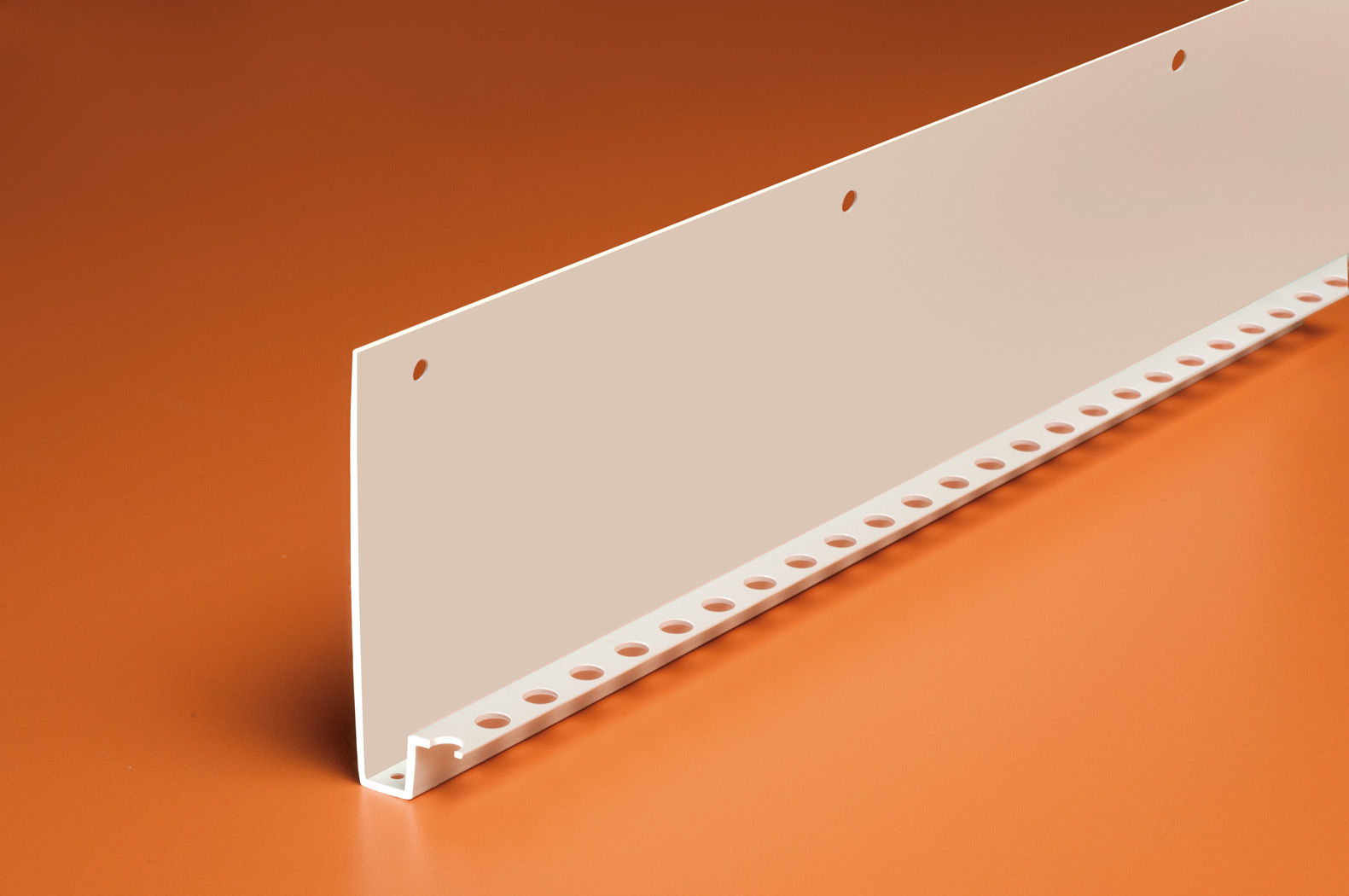


by Andrew J. Miller, CSI, CDT
In the construction industry, falls are a major cause of workplace-related deaths, responsible for over a third of construction worker fatalities. Of fatal falls occurring between 1992 and 2009, one third total were from roofs, according to a study published in the Journal of Safety Research by the Center for Construction Research and Training (CPWR).
Several factors contribute to roof-related fatalities. A 2010 study in Ergonomics attributes roof falls to:
The study posits task-related, environmental, and personal factors should all be taken into account, in addition to the fall-protection measures employers typically put in place and those sanctioned by the Occupational Safety and Health Administration (OSHA).
OSHA named its standard 1926.501, Fall Protection, as its most frequently cited violation of 2015. (The 10 most frequently cited Occupational Safety and Health Administration (OSHA) standards can be viewed at www.osha.gov/Top_Ten_Standards.html.) Some of this standard’s requirements include:
OSHA updated its penalties for violating these regulations in August 2016. (An updated list of penalties is available at www.osha.gov/penalties.) The mandates are specific and binding, but it is important to note they are general requirements for fall protection systems, and compliance with them does not automatically merit approval from OSHA. Rather, it is independent testing agencies that verify whether employers follow the aforementioned standards.
Among fall protection systems for roof construction, the non-penetrating guardrail is one professionals should consider—not only for its ability to keep workers safe, but also for its potential to minimize general construction-related risks.
There are two types of fall protection systems: active and passive. Understanding what these are, as well as their implications for construction safety, is crucial to devising safety-related specifications.